santa Teresa
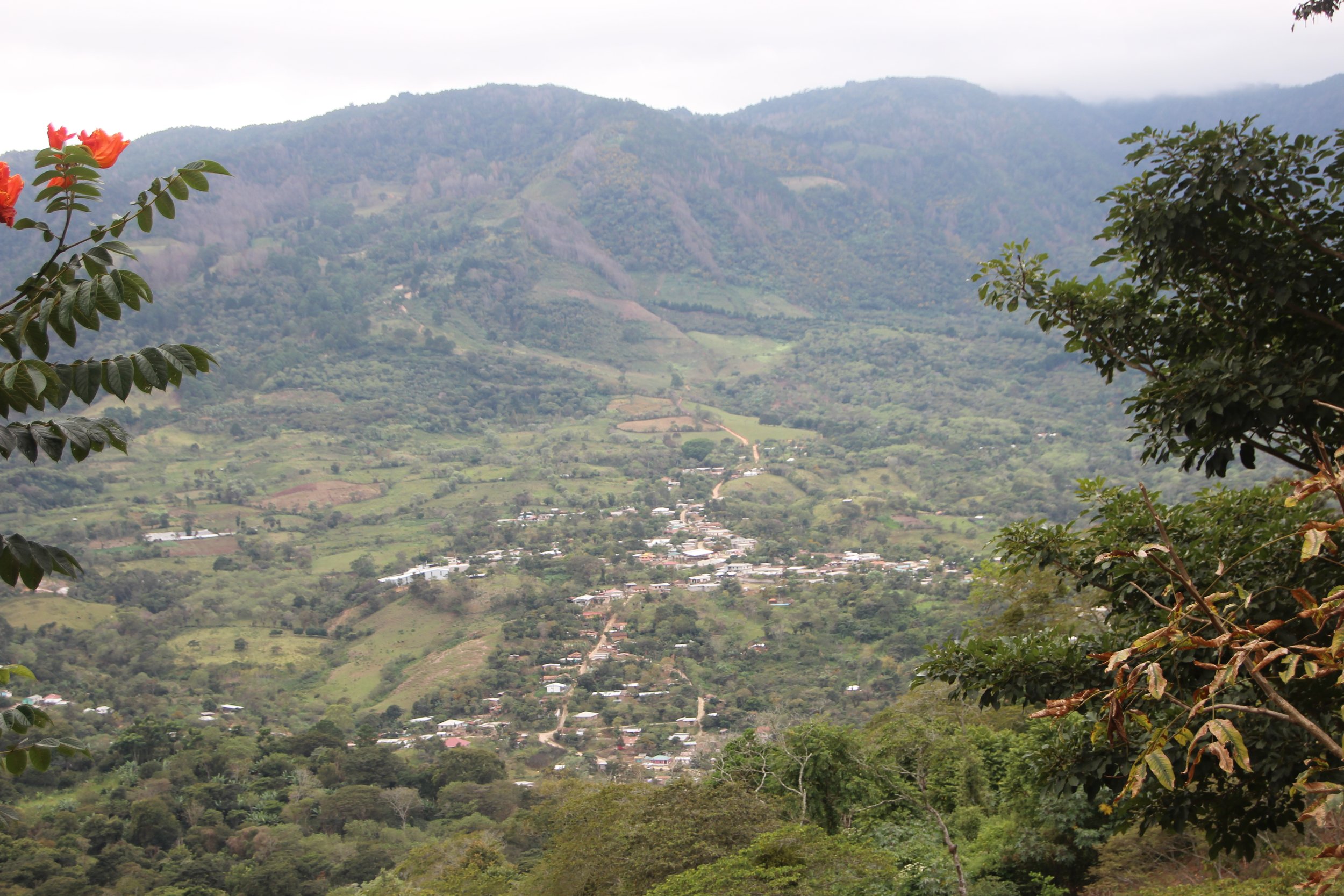
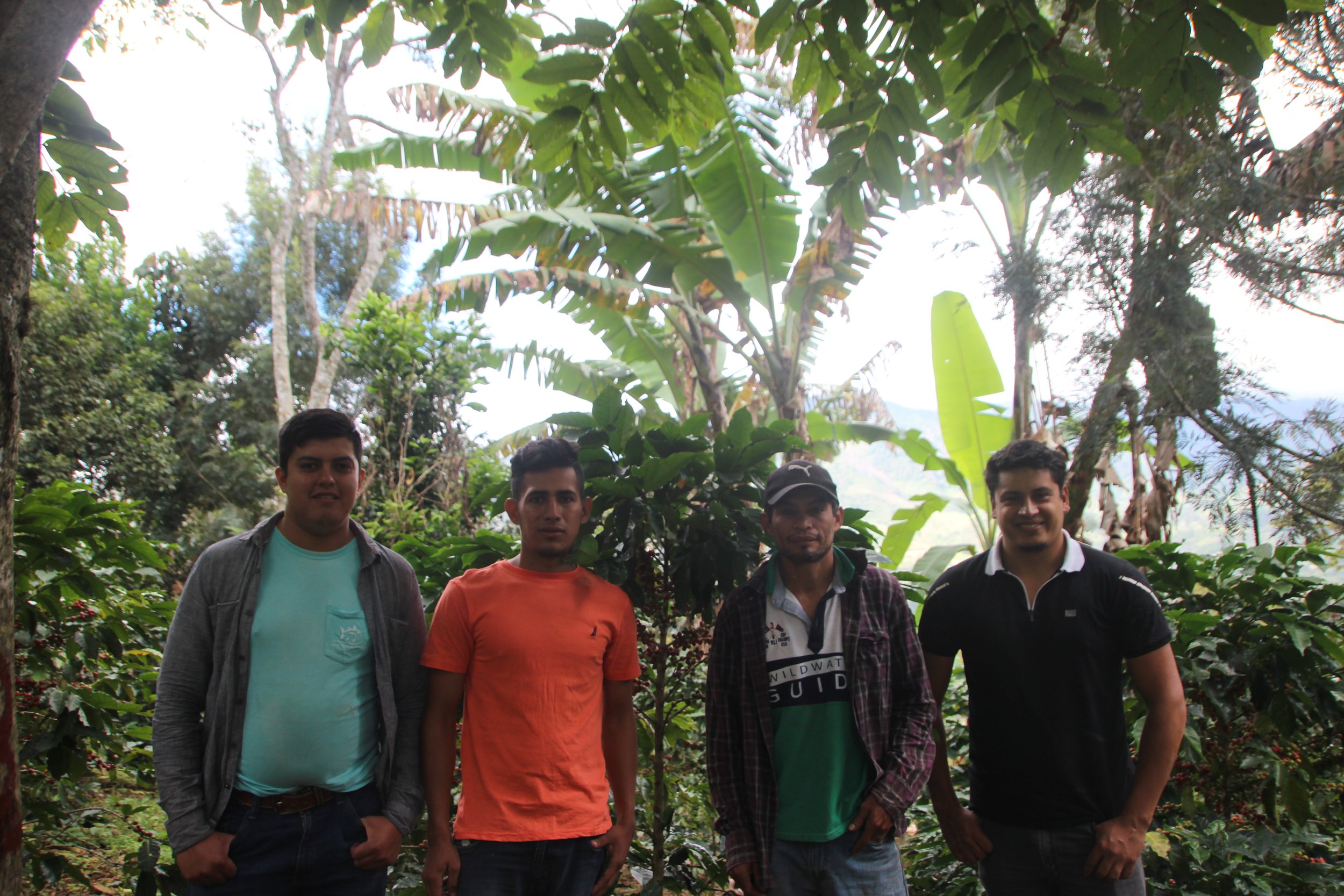
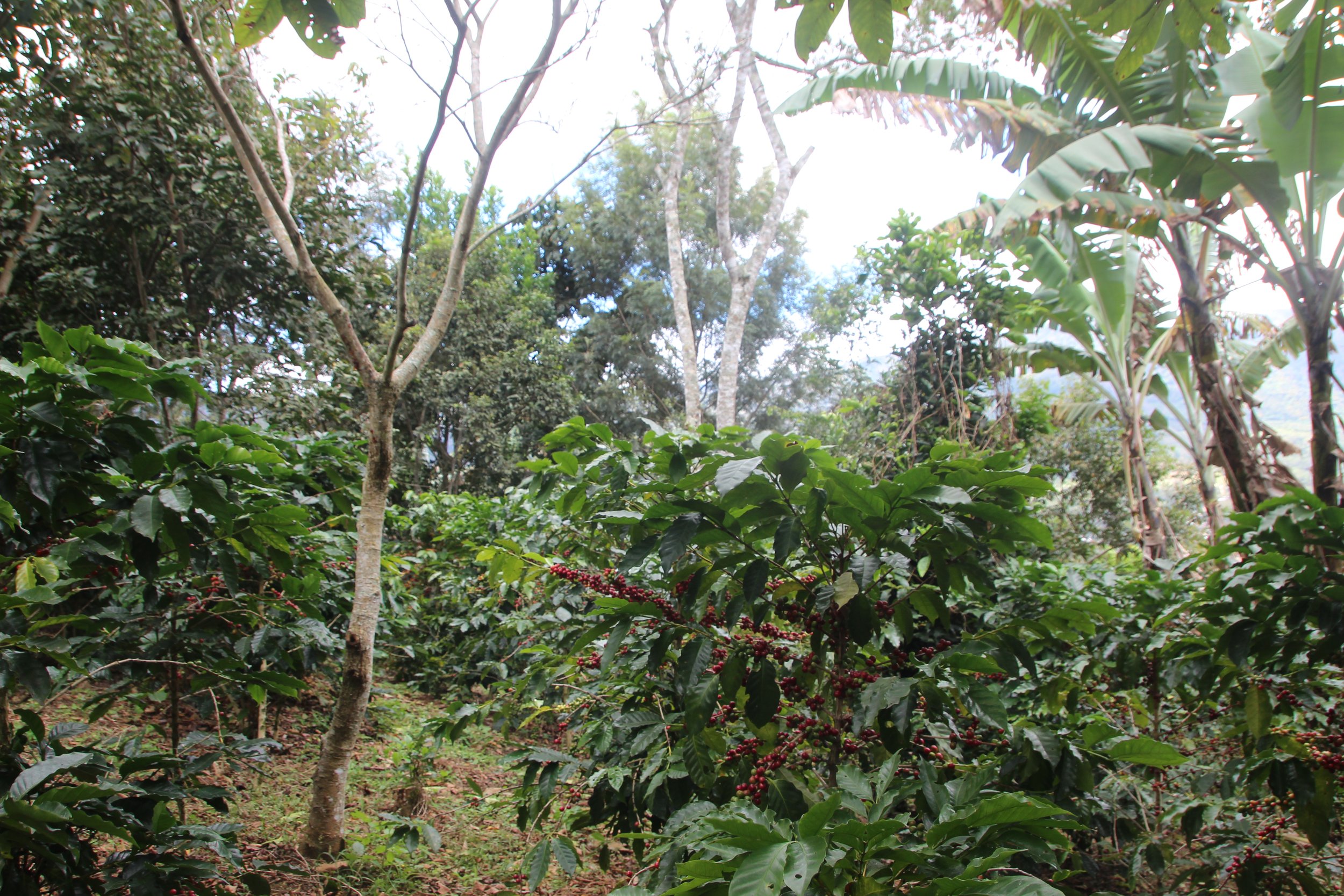
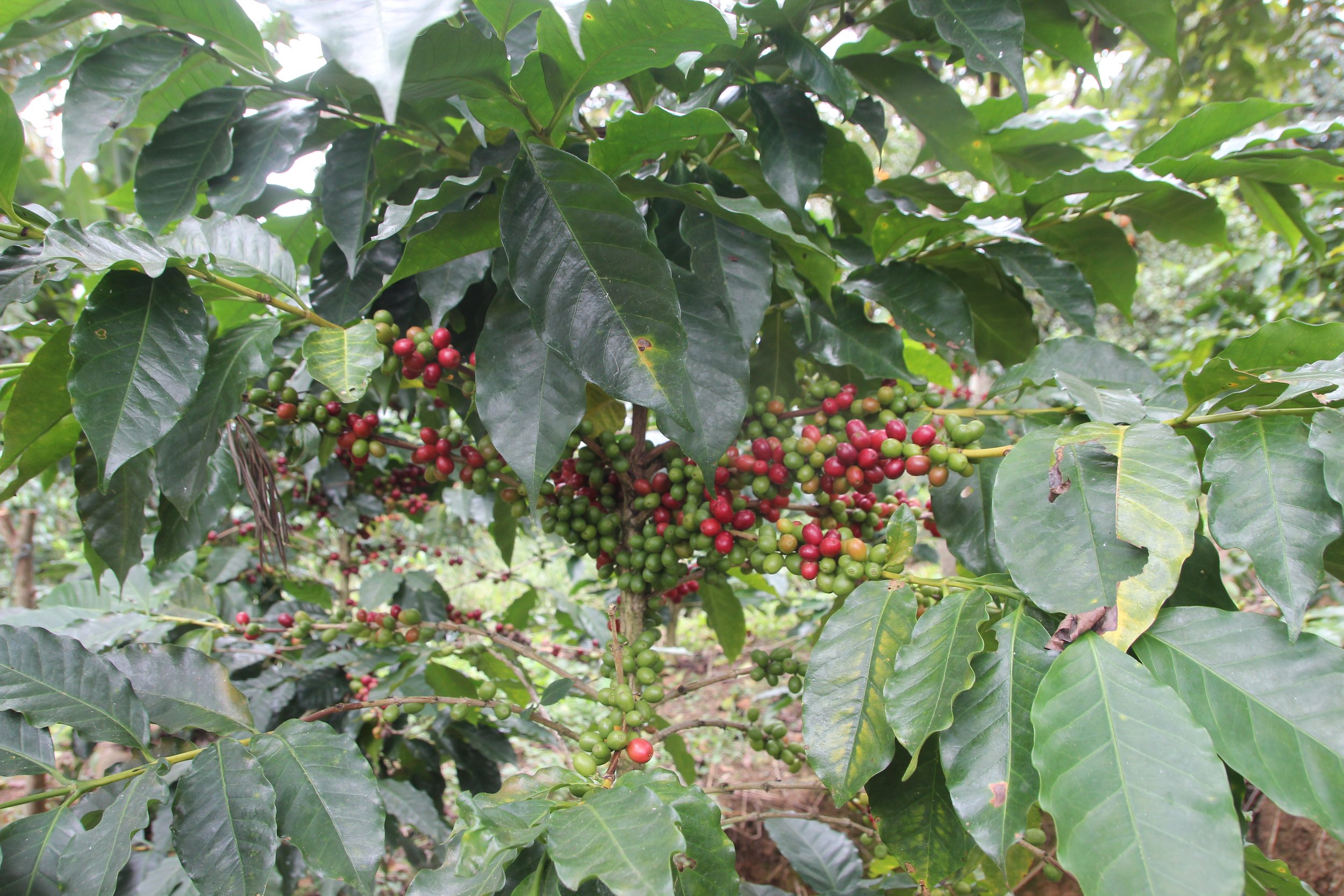
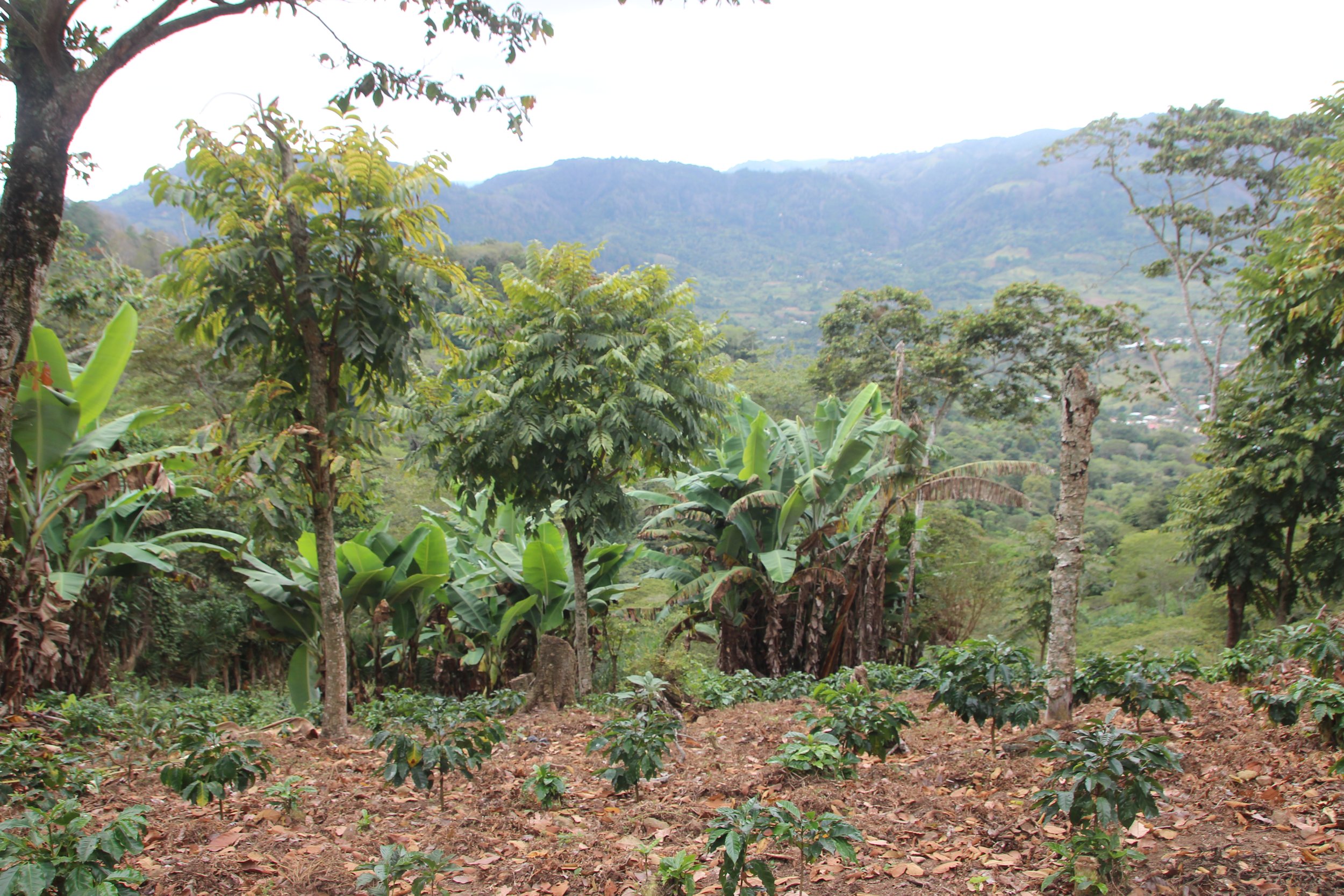
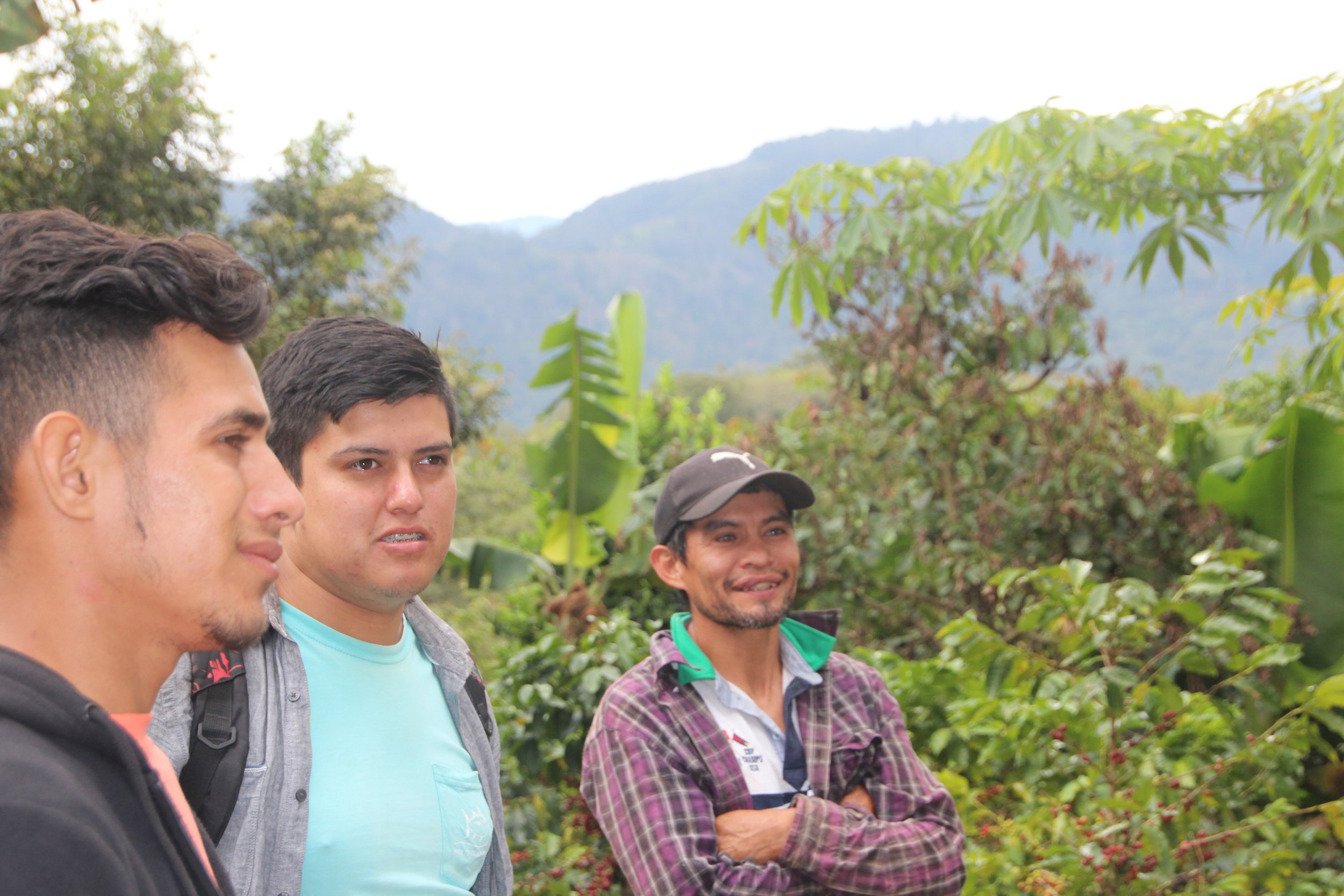
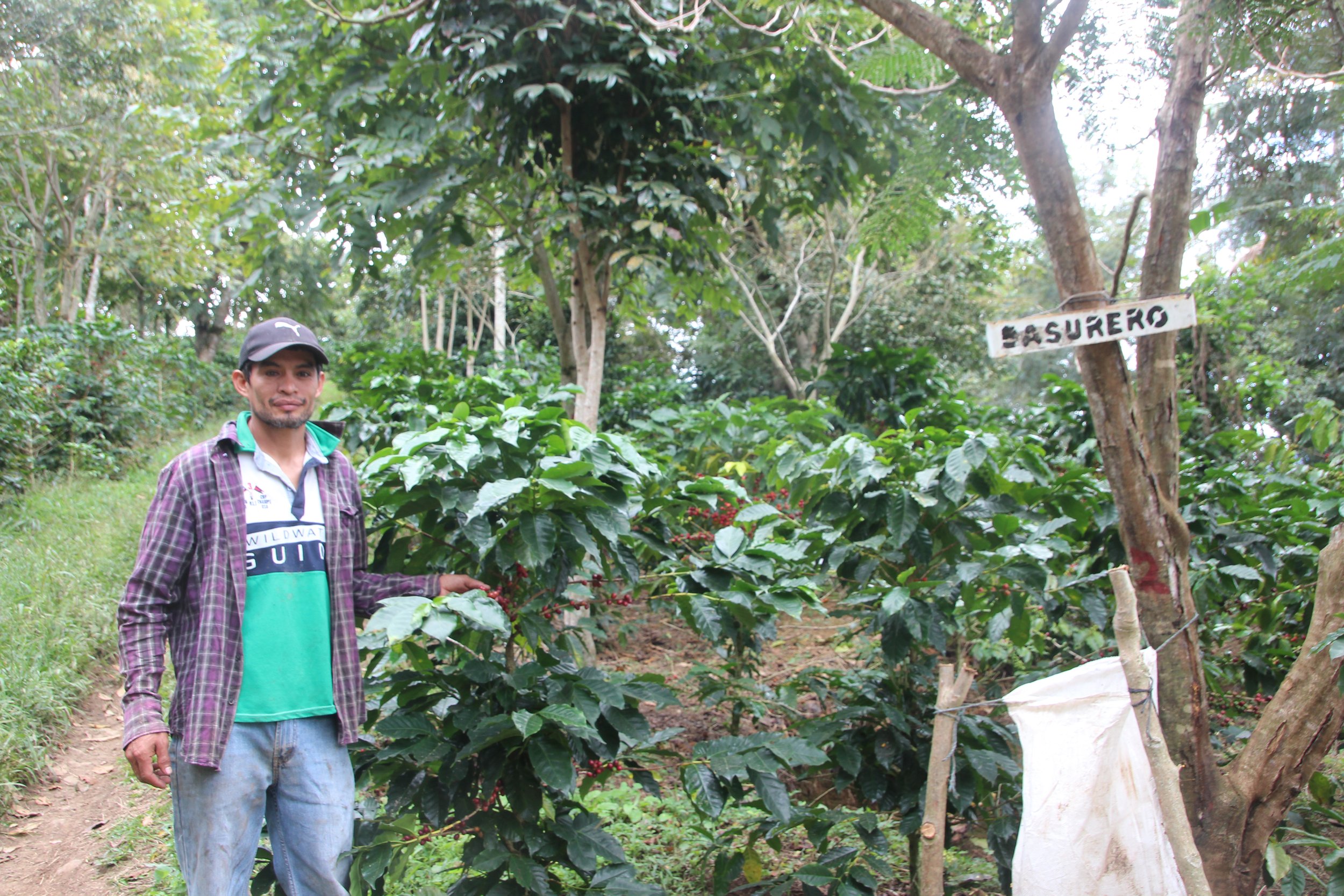
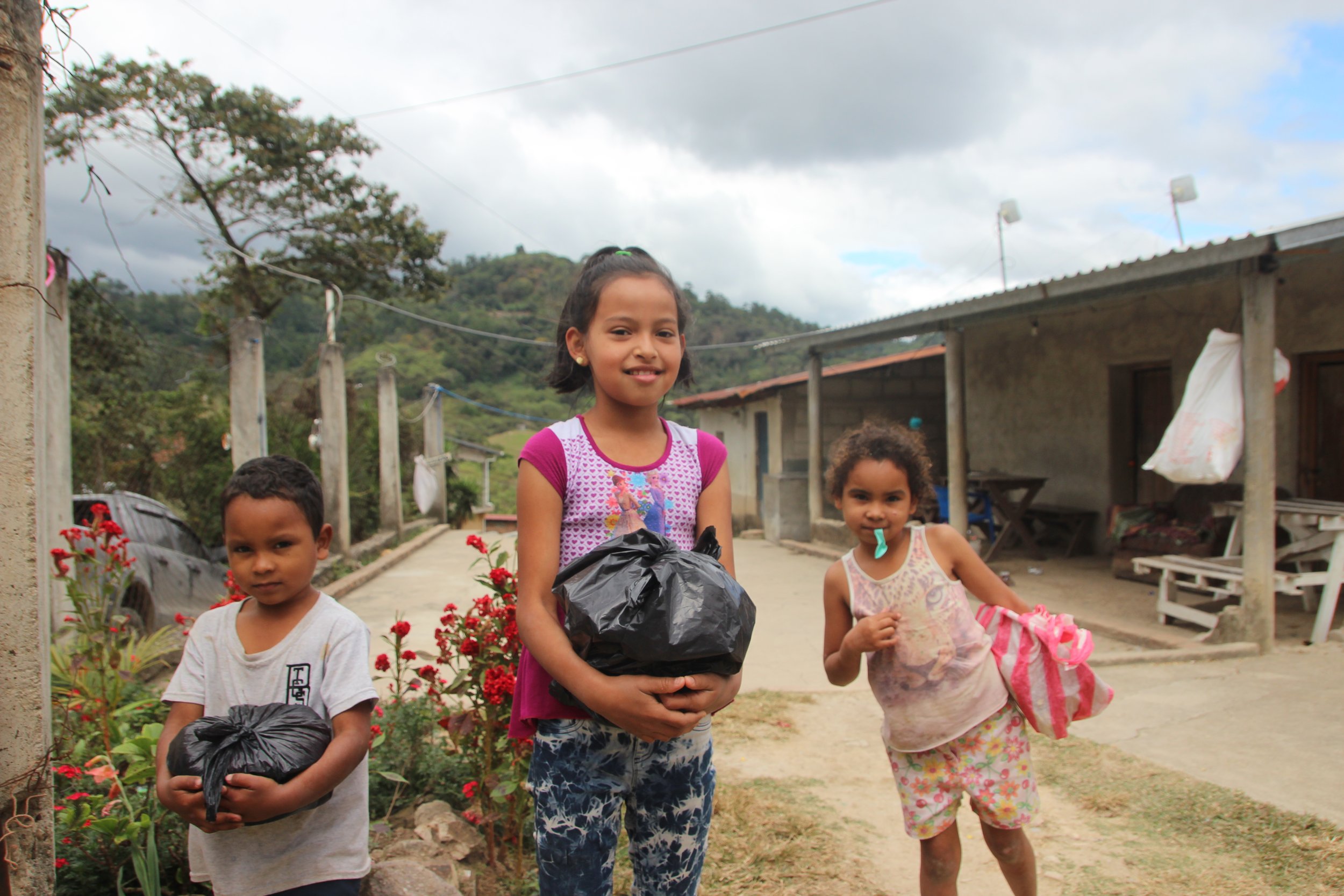
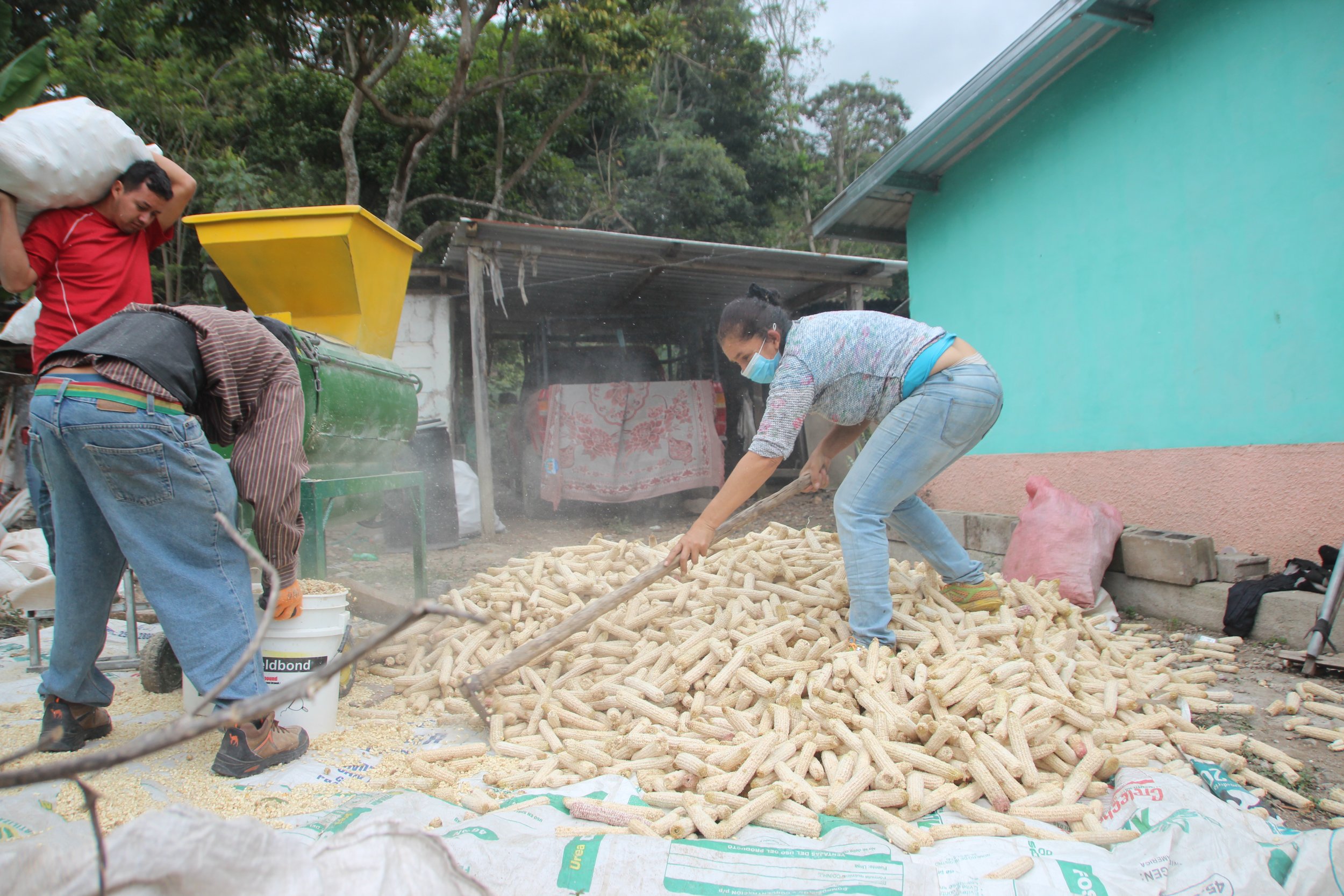
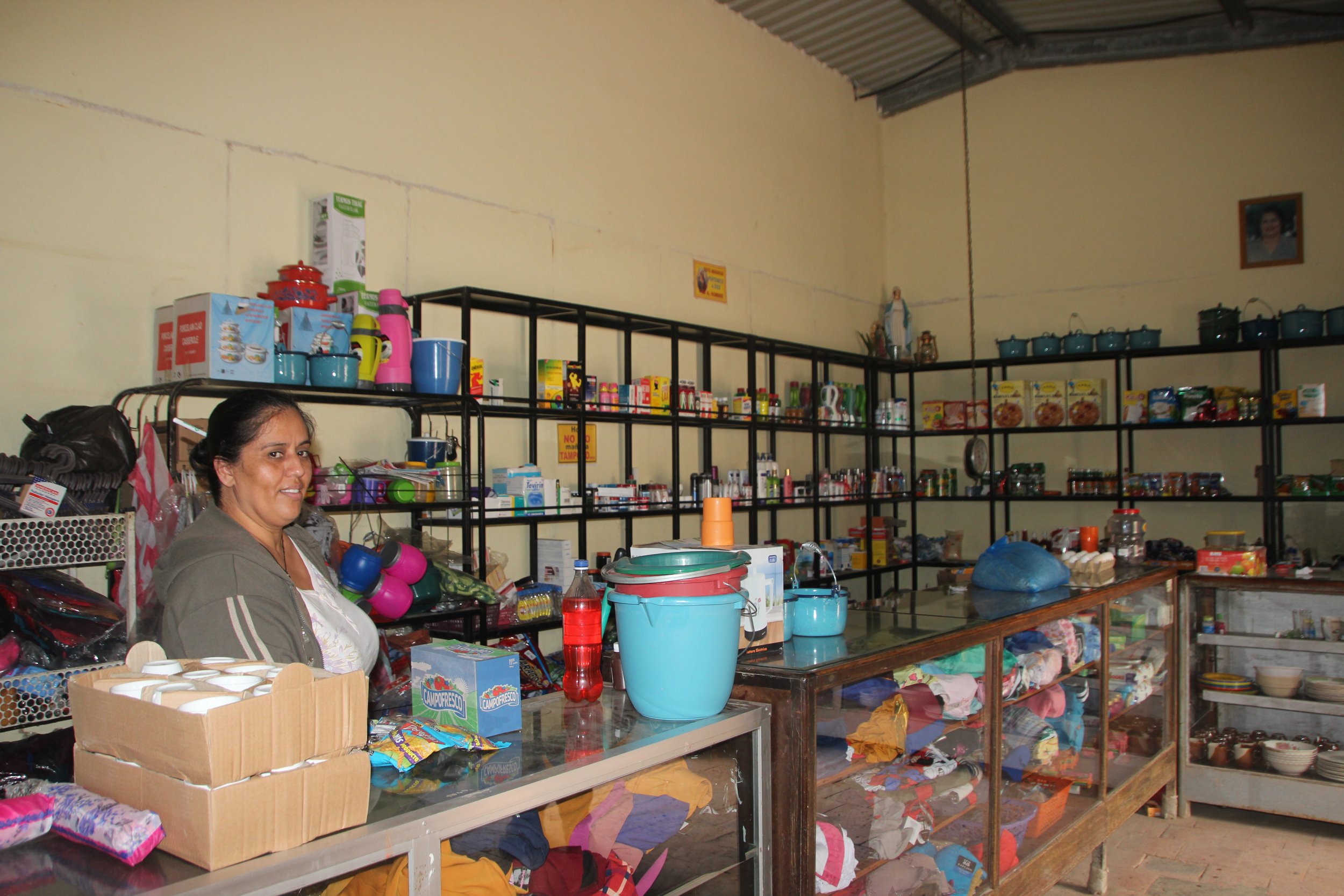
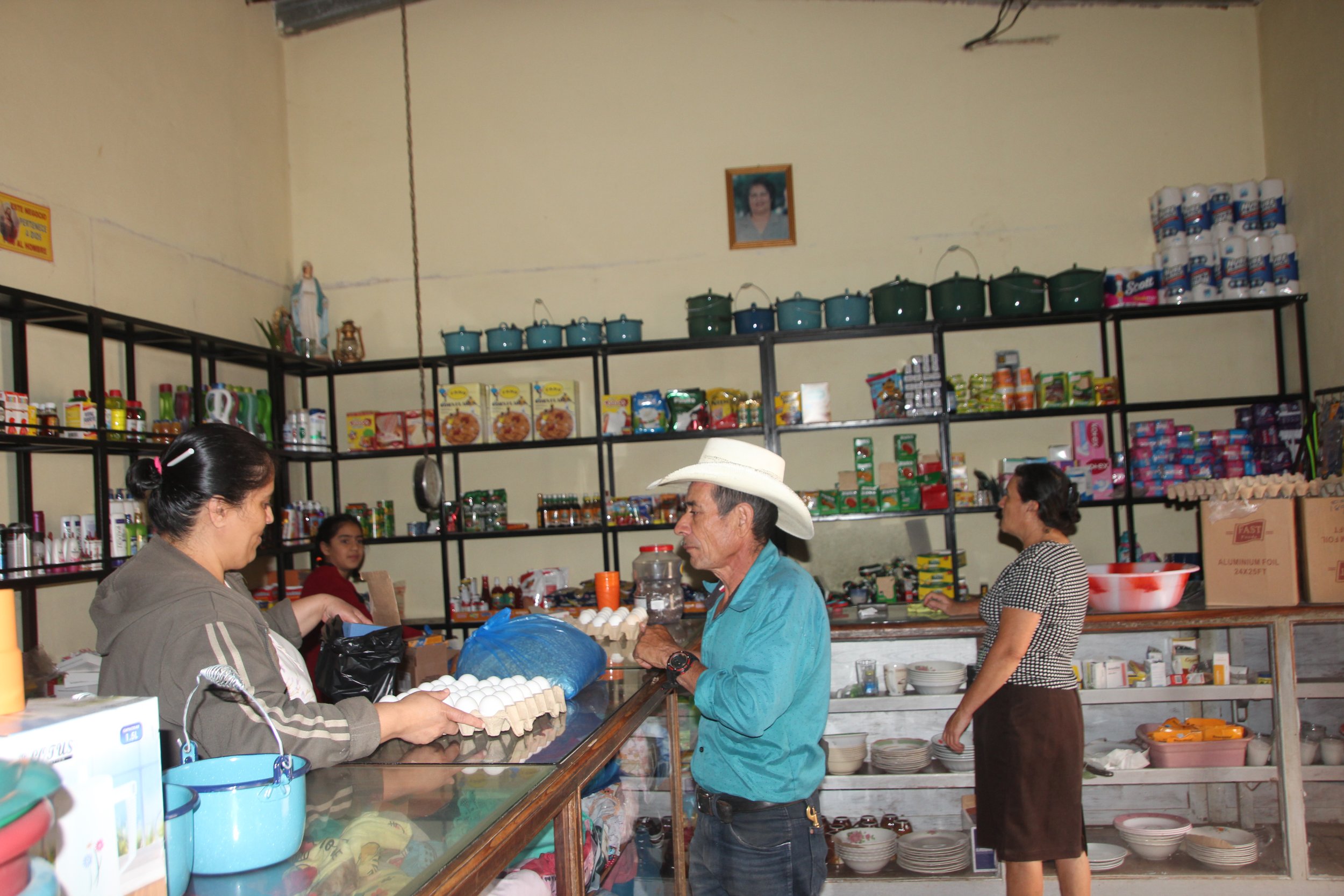



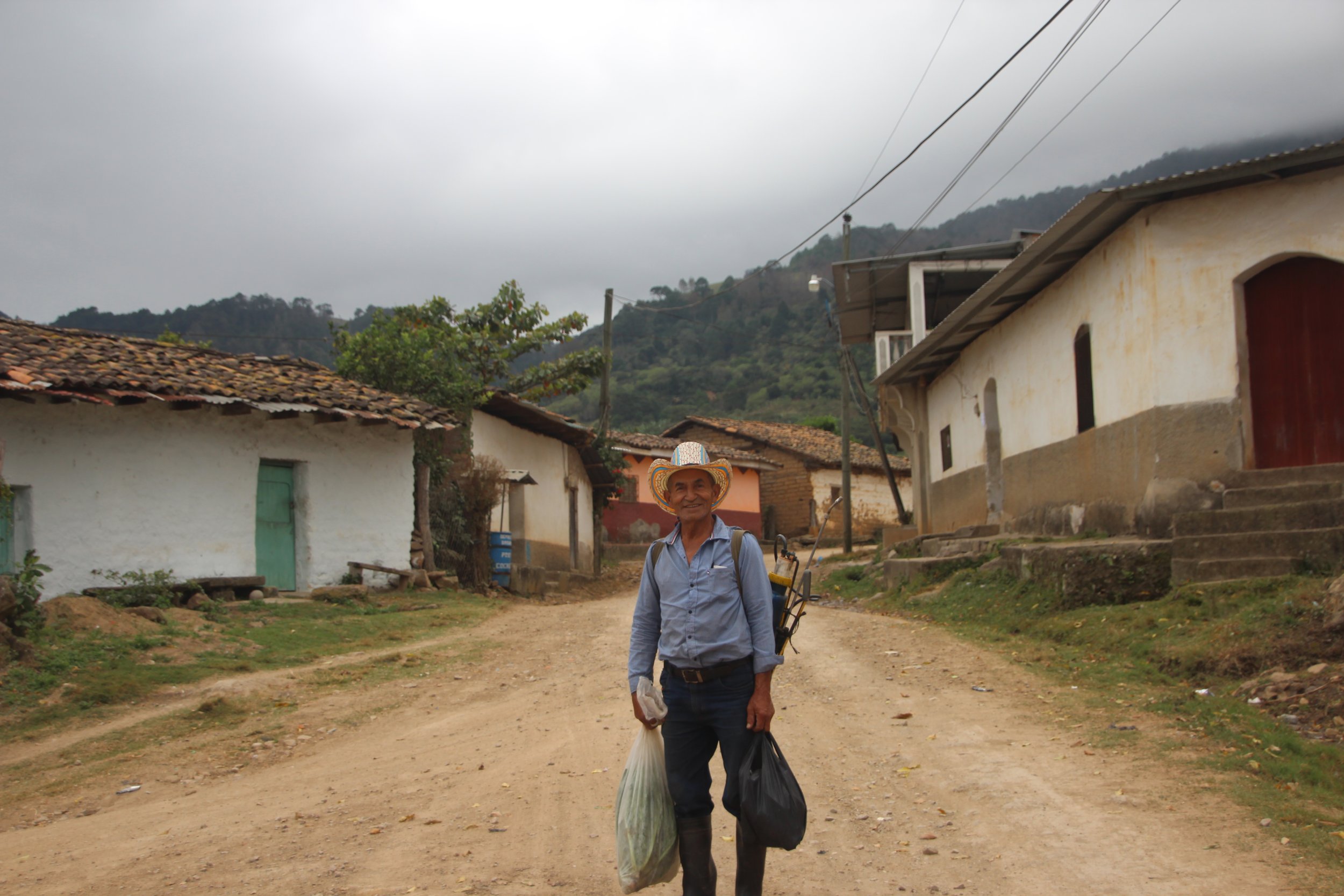
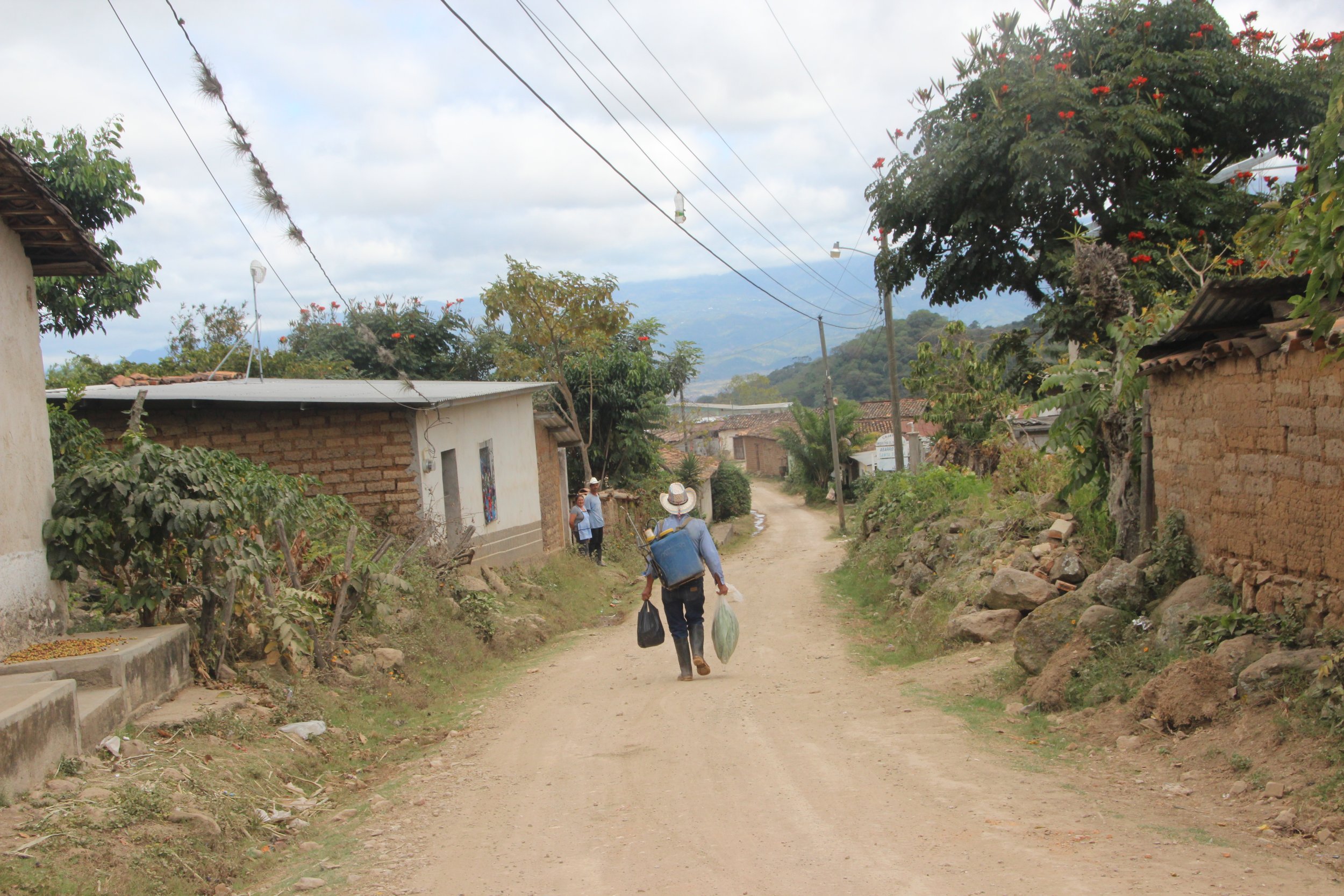
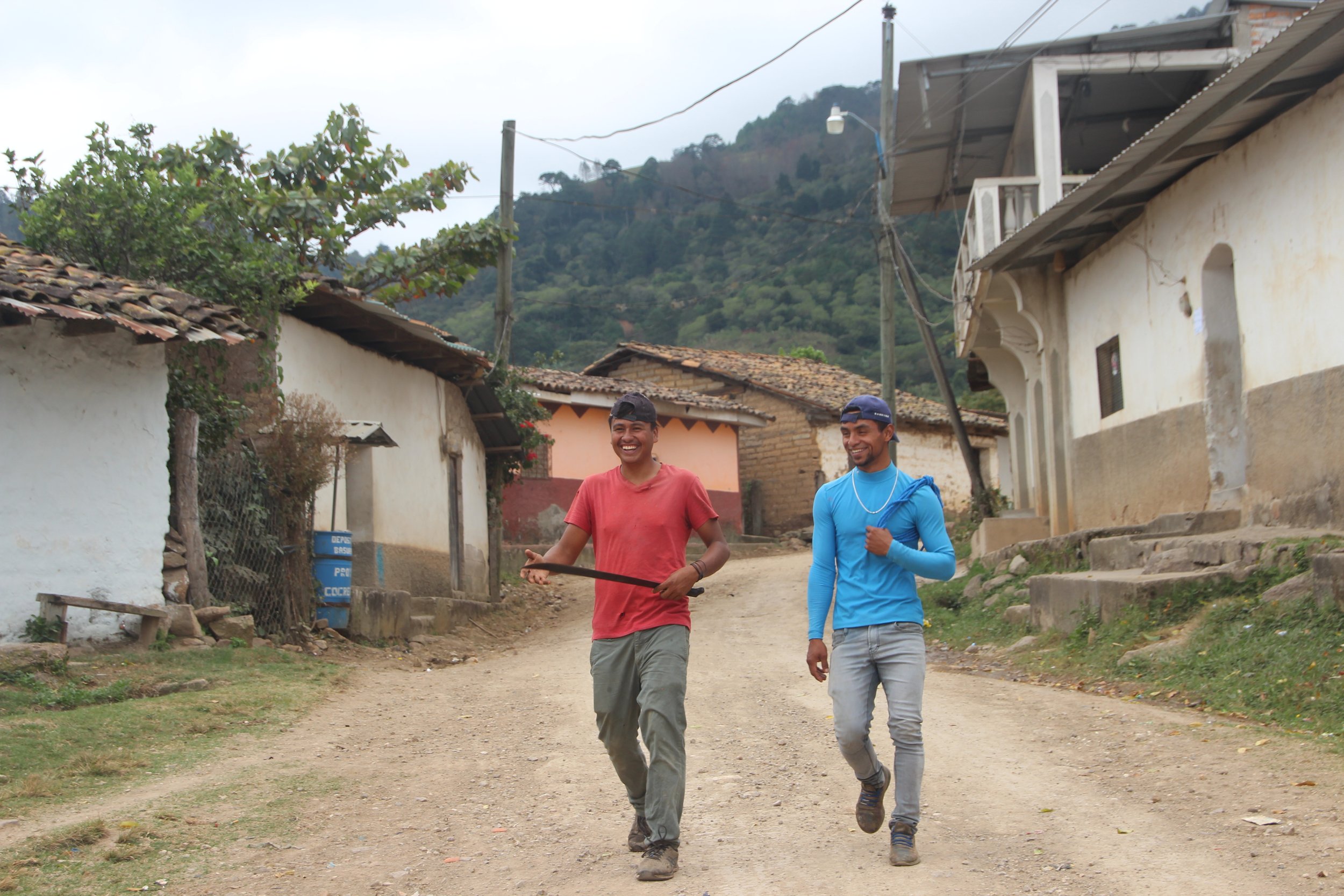
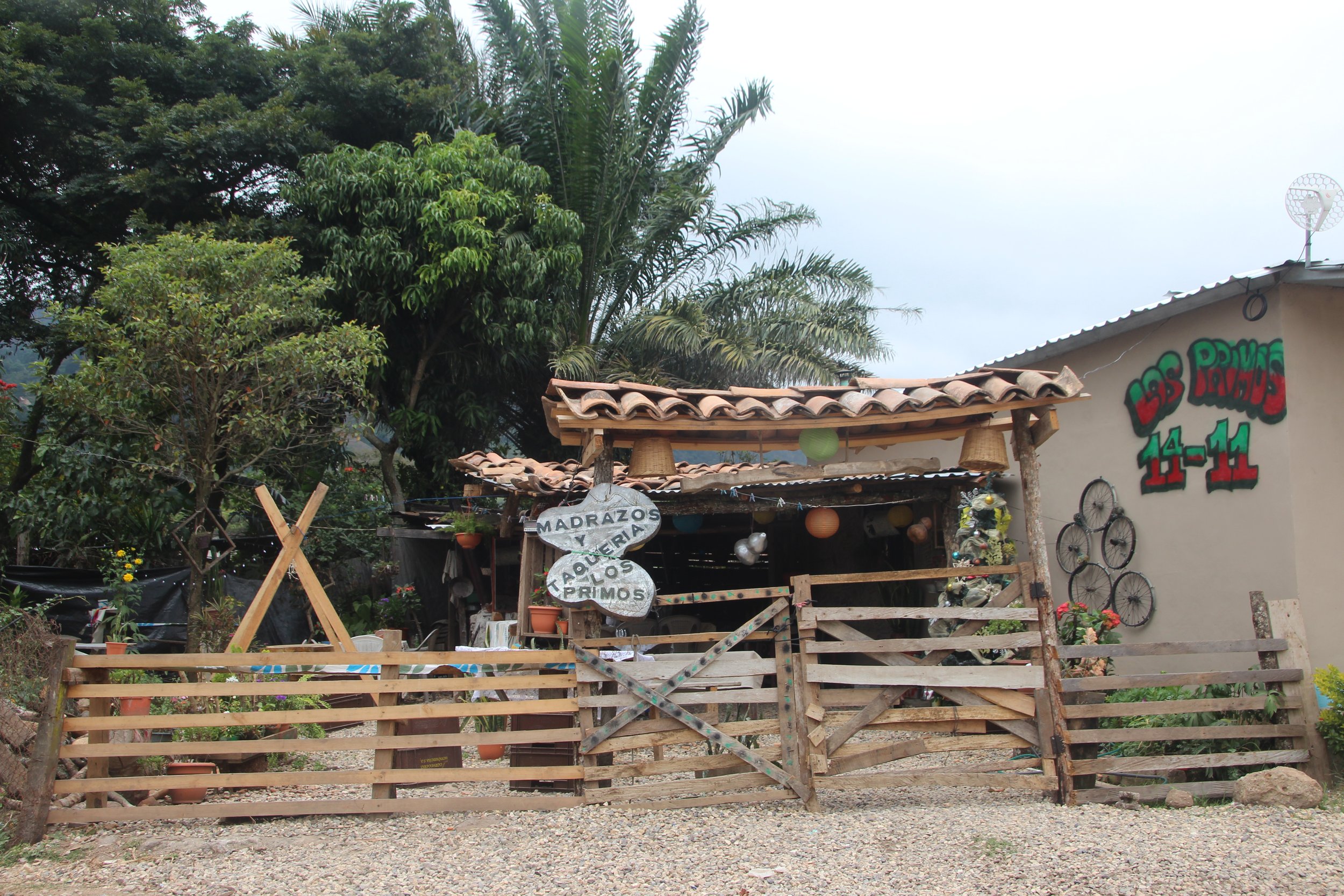
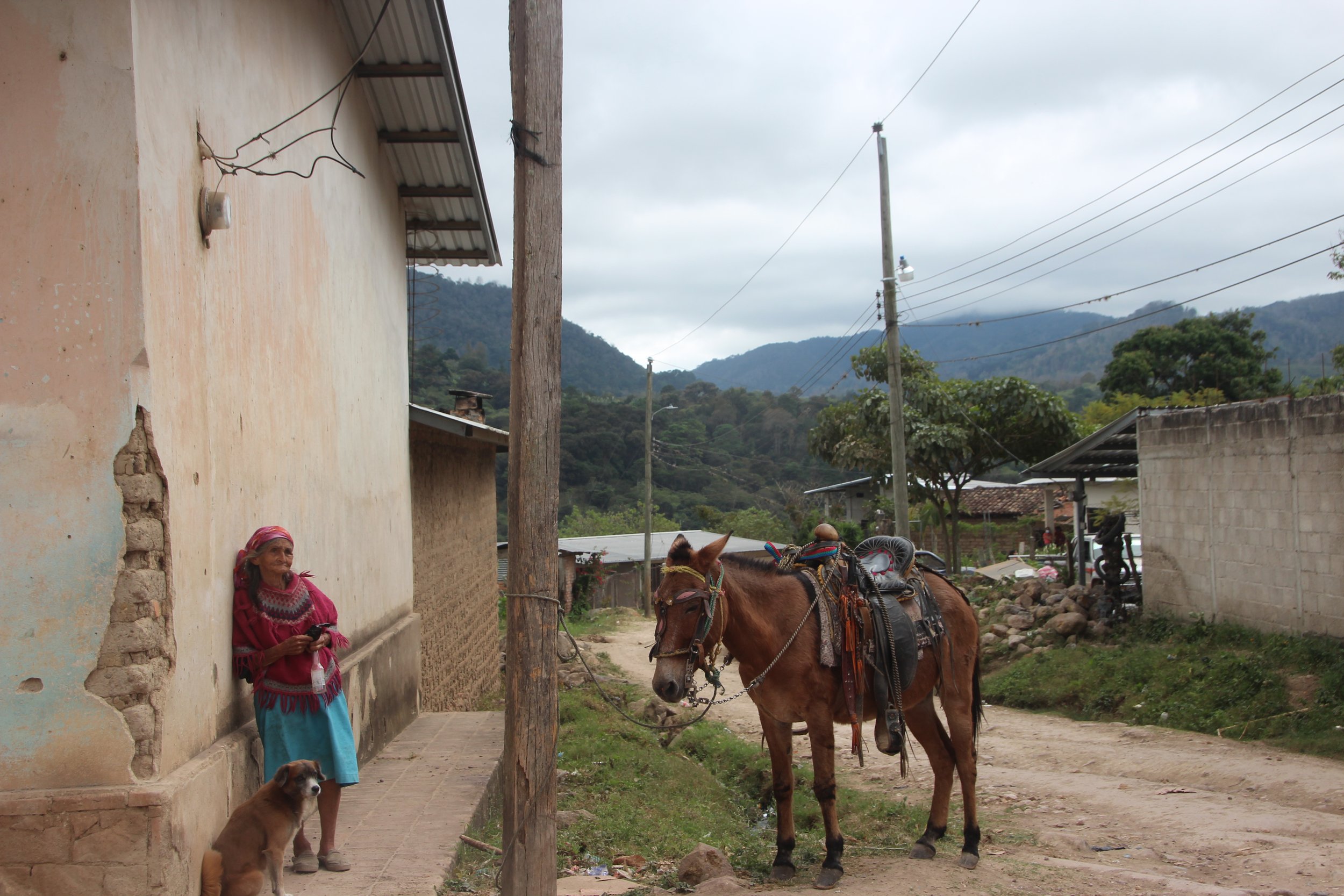

Everyone - at least in our region - believes that we depend on San Marcos, or that San Marcos is the largest municipality.
But this is not the case. Santa Teresa beats San Marcos, and by far. Although to go to the supermarket, buy a phone, construction materials or tools for our farms, yes, we have to take the car to go to San Marcos, where many more people live, and therefore there they sell just about everything.
Our community is larger, but there are few inhabitants. There are perhaps 200 houses for a population ofabout 800 people. Ours being a small village, it is easier for us to maintain a harmonious and friendly atmosphere. We help each other, repairing a friend’s car, taking care of the neighbor's children, or bringing supplies from San Marcos for a colleague. There is hardly any theft around here, and not much fighting either.
Every year, we organize activities that bring us together. We have soccer championships and ribbon races. We also have a sugar cane mill in April. In the sugar cane milling we process the sugar cane from the fields, but in reality it is also an excuse to be together and share ‘dulce de leche’, honey, and other homemade delicacies.
The village has its own school, a store where you can buy basic necessities, and since a few years we also have a taqueria. Apart from the soccer field, there is a nice spa, with swimming pools, a lush green area and a covered terrace with space for barbecue. We go there on Sundays in the summer, or after a soccer competition.
Many of our folks are involved in agriculture. And most of them are coffee farmers. Just five years ago, hardly anyone in Santa Teresa even thought about preparing specialty coffee. Until Jaime Urías started managing his recently deceased father's farm. Jaime decided he wanted to live better than previous generations. He admired them, and admired all that they had achieved, but he himself aspired to a life with more opportunities, more development for his family, and his village.
At Cafesmo, where Jaime is the technical manager, he learned how to prepare specialty coffees. Little by little, he deepened his knowledge, until he reached the level where he could teach workshops to the members of theorganization. In Santa Teresa as well, several other coffee growers are now working on the preparation of quality micro-lots.
At the same time, as a group they are working to grow great coffees in larger volumes. By uniting their efforts - and their coffees - they are able to closely control the growing, picking, drying, and preparation as well. In this way, they are able to increase the volume in order to satisfy the demand of somewhat larger clients, without giving up anything in quality.
Technical data of the community
Area: 7 hectares approx.
Altitudes: 1200 - 1350 masl.
Most important varieties: Parainema, Pacas, Icatú.
Active producers / members: 4
Production in about one harvest of SCA 81-83 coffees: 8,000 kilo
Certifications: Fair Trade, Organic, RFA
